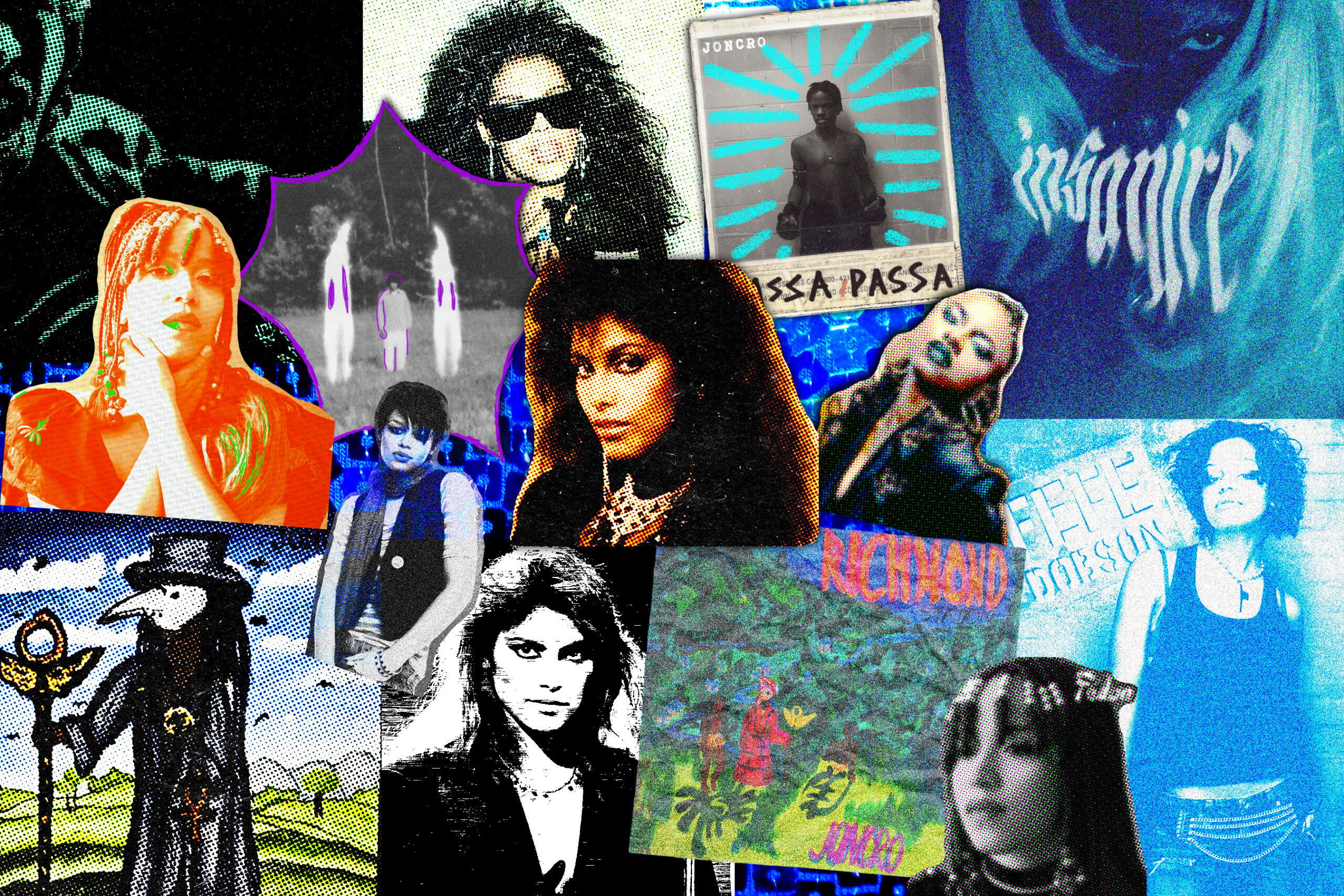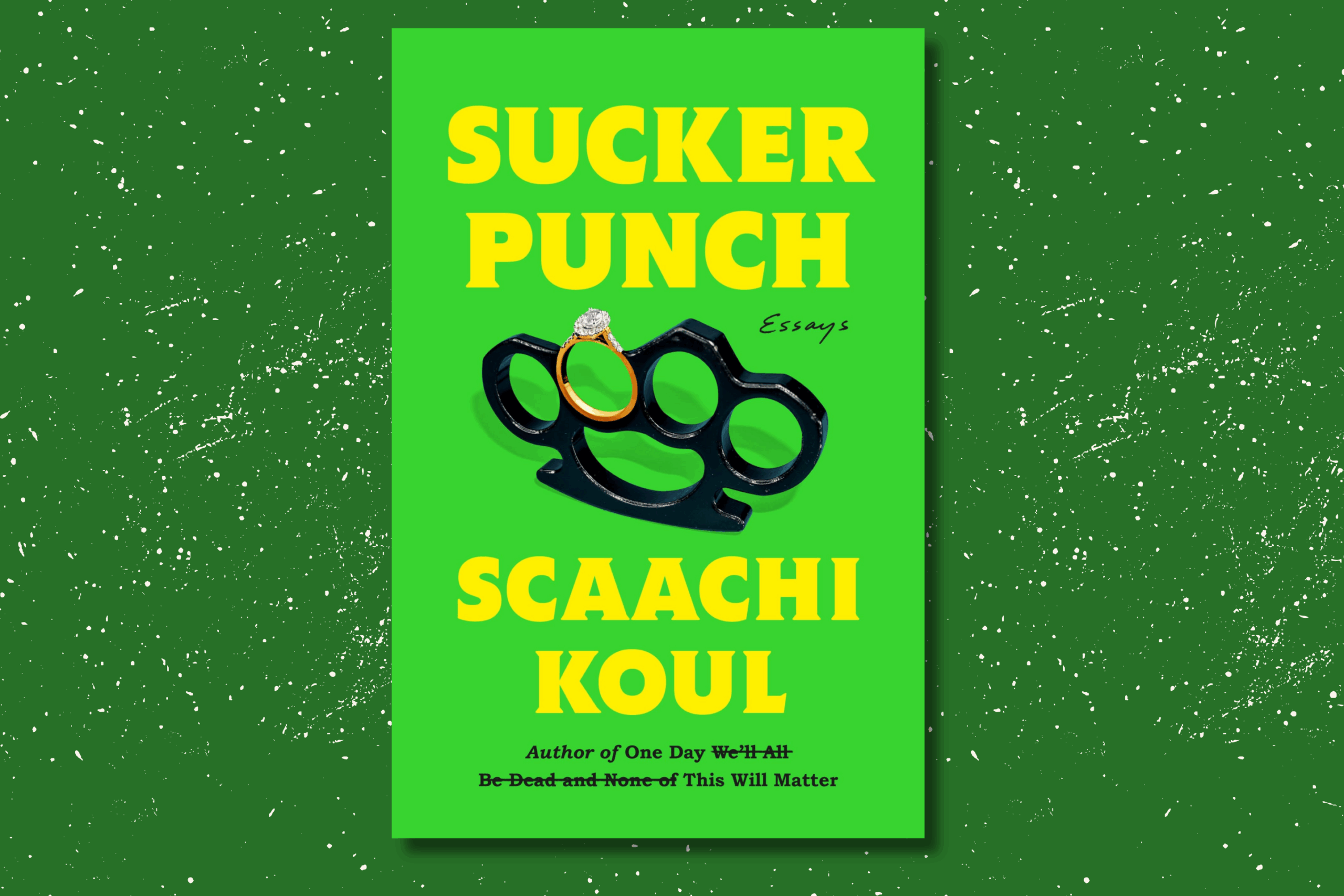Local performers are reclaiming the art form’s radical roots and redefining who belongs on stage
By Cris Nippard
When Christina Aguilera and Cher took over the silver screen in the 2010 film Burlesque, white gay men everywhere fell in love with the art form for the first time. After all, who wouldn’t want to watch Xtina tastefully peel off the most elaborately rhinestoned costumes ever seen while Cher sings a heartfelt ballad?
Unfortunately, Burlesque ended up solidifying a very specific idea of the performance art in the minds of the public. Sparkling sequined outfits, rhinestone breast decals, champagne pours and thin white women are all considered by many to be classic burlesque, despite its origins dating back to a very different idea of the performance.
The first traditional burlesque shows took place in London, U.K., during the 1800s, where performers would turn well-known media at the time into musical, satirical plays. The word itself stems from the Italian word ‘burla,’ which means to mock. Victorian burlesque was a direct product of British pantomime theatre, and soon replaced it as the speciality of theatres throughout London. Audience members would get together to mock the upper crust of society through these shows.
Ivory, a plus-size, Queer, white-presenting burlesque performer who has been performing since 2006, says that burlesque was always a revolutionary art form that operated in the margins. “Burlesque always inherently was othered…when you’re talking about why burlesque, you’re really looking at dismantling systems of oppression. You’re looking at dismantling ways in which the rest of us get left to reclaim our art, to reclaim ourselves and take our space on stage.”
Women in the 17th century usually attended burlesque shows, and both men and women performed in the shows in drag. At the time, being a woman in the paid dramatic arts was considered almost equivalent to prostitution. According to most scholars, this is the first connection between the roots of burlesque and the sex work we know it as today.
In the middle of the 1800s, burlesque was brought to America and popularized by the British Blondes, a dancing troupe from London. They birthed the concept of more scandalous, all female burlesque shows. “Because of the laws on nudity, they still wore skin coloured tights. It was very tame in our standard of understanding,” says Denise McLeod, an Indigenous burlesque performer and activist based in Toronto who performs under the name Madame Ode’Miin Surprise. She says that although this kind of dancing was scandalous for the time, there were stark differences between the British Blondes and the burlesque we see now.

American burlesque differed from its Victorian origins because instead of an entire show, it was usually one act in a much longer minstrel show. Minstrel shows in general have deeply racist and exclusionary origins, featuring mostly white performers in blackface. The shows would open with songs and comedy, followed by vaudeville dancing and ending with burlesque or stripping. The burlesque of the time had a standard of being white women performing sexually suggestive comedy, dance or sketch routines while wearing minimalistic costuming that exemplified their natural forms.
As the 20th century began, burlesque separated itself from minstrel shows and grew in popularity. For the first two decades, the entertainment industry was dominated by The Columbia Amusement Company. Each year, the company produced over 30 rotating shows in theatres across the West. They advertised a more refined version of burlesque, one that moved away from raunchy comedy. However, this would eventually lead to their downfall, as audiences quickly came to resent their outdated style of the art.
Performers and venues began to move towards Mutual Wheel, a new burlesque company that produced more explicit shows. It was in this period where there was an intense focus on the connection between burlesque and sex work that we’ve come to see as the standard. Shows in this era involved dancers stripping off embellished, high class outfits and removing elaborate comedy from the act. As the Great Depression approached, both Columbia and Mutual were forced to close. After they shut their doors, burlesque quickly began to lose relevance in the mainstream.
Almost 60 years later, a resurgence of female burlesque began to pop up in the United States. The origins are hard to pinpoint, but McLeod says that it could have been a direct effect of the desire to reclaim personal autonomy as a part of riot grrrl movement or, contrarily, the rise of complementarianism during the second-wave feminist movement. Either way, neo-burlesque had been born.
Regardless of its origins, neo-burlesque undoubtedly gained popularity at the turn of the decade when Jennie Lee, an American burlesque performer and stripper, passed away from cancer. Lee had been collecting burlesque memorabilia for her entire career with the hopes of starting a museum to financially support other dancers. Thanks to her friend and colleague, Dixie Evans, her collection became the beginning of the Burlesque Hall of Fame.
In 1991, after Lee’s death, Evans released a press release for the Hall of Fame’s newest endeavour: the first Miss Exotic World Pageant. It didn’t take long for word of the pageant to spread and garner attention from dancers, strippers and sex workers across the globe. The American burlesque of the previous decades was undoubtedly a major influence on many performers, but others pushed for the art and pageant to grow to honour all kinds of people and performance styles.
“As it gained popularity, a lot of people were like, ‘I want to do this, but not this way’.”
And when you think about classical burlesque, those are all a part of the origins of burlesque, but that wasn’t for everybody. It still doesn’t create space for people,” says McLeod.
The Miss Exotic World Pageant continues to this day, and its influence has continued to inspire similar events around the world. In 2008, the Toronto Burlesque Festival (TBF) was founded here in Canada by members of Skin Tight Outta Sight and Les Coquettes Nouveau Burlesque. TBF was run by local dancers Coco Framboise and Sauci Calla Horra until 2019, when Framboise came forward and expressed her experience with anti-Blackness from Calla Horra and the institution. This led to an eventual change in leadership and a new dedication to EDI within all aspects of the festival.
Despite the principle of neo-burlesque being that the art can be anything, it’s clear that certain spaces haven’t always included everyone. Because the white, thin, conventionally glamorous idea of early 20th century burlesque continues to be romanticized by society, dancers who do not fit those expectations have been consistently forced out of spaces that were made for them. Framboise’s mistreatment is just one of many examples of this in Toronto.
Ivory, who’s worked on the TBF board of directors since 2019, says that there has only been a push for inclusion in burlesque spaces in the last 10 years. “There has been a Queering of burlesque in every sense of the word Queer. So, not just because most of us are Queer, but also because most of us are other. And there has been this reminder and this resurgence of loud, proud voices standing up and saying, ‘burlesque was always done this way as well. And we belong here too.’”
TBF’s change in leadership is just one example of how neo-burlesque is combining with activism to fight against discrimination and create spaces for all kinds of people. As neo-burlesque continues to evolve, marginalized performers are reclaiming its radical roots. Collectives like Les Femmes Fatales, Boylesque TO and Indigibabes (which was founded by McLeod) show a push towards creating spaces made specifically for people that otherwise would be ostracized.
Today’s neo-burlesque scene reflects a slowly but surely growing awareness that burlesque belongs to everyone — not just the thin, white, and conventionally beautiful. There’s still a long way to go, but artists of all backgrounds, body types and gender identities are pushing the boundaries of what burlesque can be, proving that it is not just art, but activism.





Leave a Reply